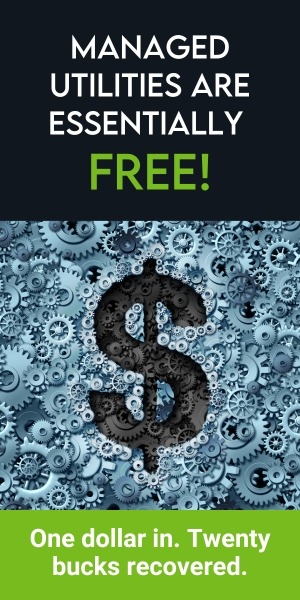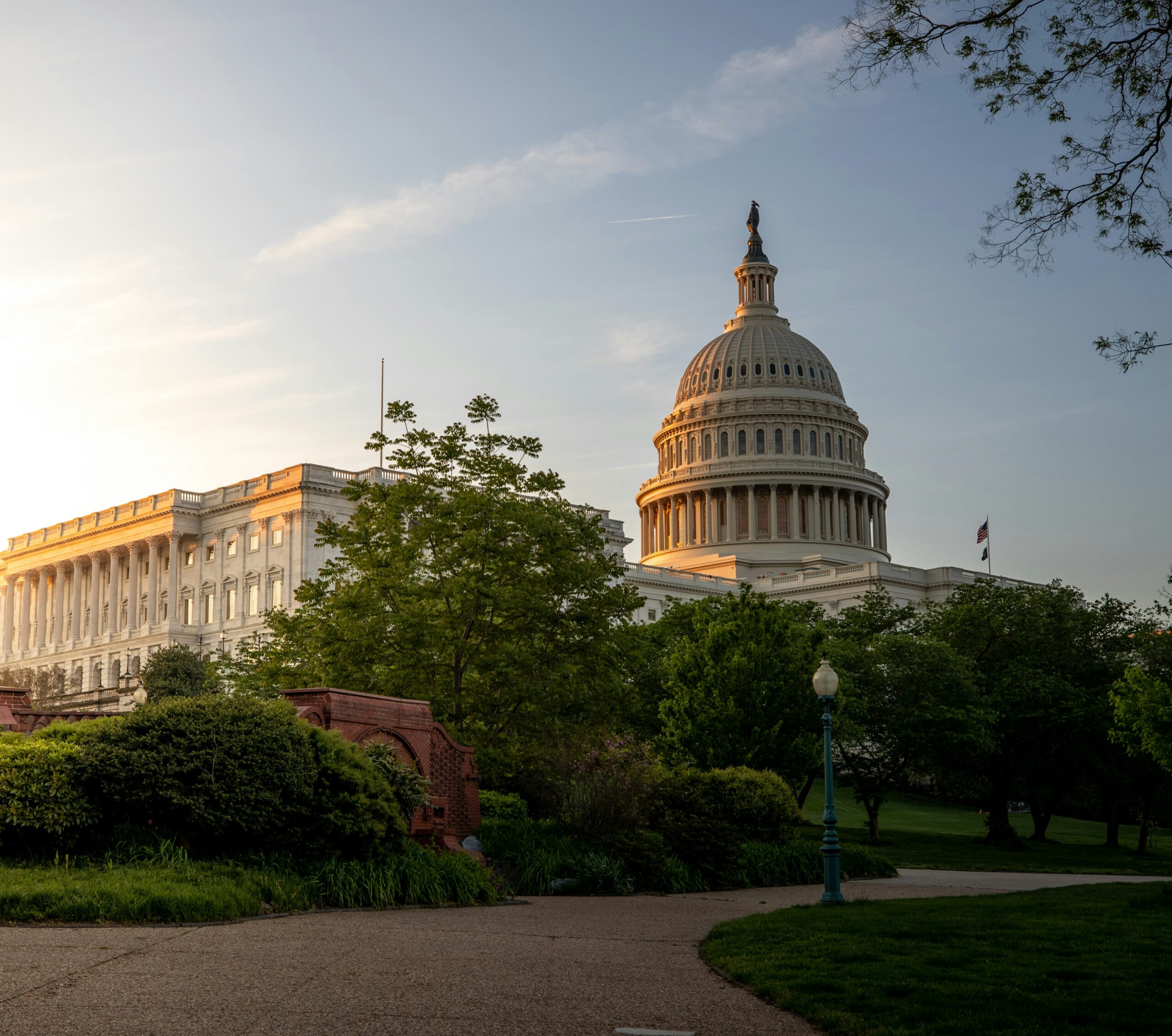When you think rent regulation, you probably think of rent caps. Or eviction protections. Maybe vacancy control. But it’s 2025, ladies and gentlemen, and in the confusing and ever-expanding web of the regulatory environment, rent control frameworks have continued to expand to regulate and restrict the ways property owners can collect and manage everything from ancillary income to–and it’s the subject of this article–recovering utility costs. Common billing practices like Ratio Utility Billing Systems (RUBS) and sub-metering are facing heightened scrutiny, and in some municipalities, they’re being phased out altogether.
For operators, this intersection of rent control and utility regulation adds a new layer of compliance complexity. Charges once considered separate from rent are increasingly treated as “rent” itself, making them subject to caps, disclosure requirements, and even refund liability if misapplied. The financial risks are real: violations can trigger penalties, damage cash flow, and erode resident trust.
So today we’re exploring the emerging laws shaping these changes, the constraints on RUBS and sub-metering, the deeply spooky risks of noncompliance, and strategies multifamily operators can use to stay compliant while managing utility expenses.
Emerging Laws Shaping Utility Pass-Through Rules
Oregon – Statewide Rent Caps
Oregon’s landmark SB 608 (2019) imposed statewide rent caps and “just cause” eviction rules. While the bill does not directly outlaw RUBS or sub-metering, it effectively limits how much utility cost recovery can occur through rent increases. Landlords cannot simply add fluctuating utility charges on top of capped rent without risking a violation of the statute.
New York – Rent-Stabilized Oversight
In New York, the Division of Housing and Community Renewal (DHCR) tightly regulates rent-stabilized housing. Utility charges in these units are treated as part of the rent roll. If landlords attempt to bill separately or exceed allowable thresholds, tenants can file overcharge complaints. DHCR confirms that if overcharges are willful, owners may be required to pay treble damages, with liability stretching back two years.
California – Sub-Metering Requirements
California’s SB 7 (2016) requires individual water meters or submeters in new multifamily construction. When landlords bill tenants directly, the law mandates detailed disclosures, itemized billing, and access to usage records. The legislation was explicitly designed to promote conservation, but in rent-controlled cities like Los Angeles or San Francisco, the same charges may be capped or reclassified as rent, creating a dual compliance burden.
Local Actions – Mountain View and Santa Monica
City-level enforcement adds another layer. In Mountain View, regulators determined that utilities are part of rent under the Community Stabilization and Fair Rent Act (CSFRA) and are phasing out RUBS. Landlords must either embed utilities in base rent or apply for one-time adjustments. Meanwhile, the Santa Monica Rent Control Board requires fixed master-metered utility charges to be disclosed at lease signing, and any increase counts toward regulated rent.
How RUBS and Sub-Metering Are Being Constrained
CALIFORNIA
RUBS systems, once a flexible way to allocate costs, are increasingly incompatible with rent-controlled markets. In jurisdictions like Mountain View, RUBS charges that vary monthly are considered a violation of rent caps.
Sub-metering remains permissible in most areas, but it comes with strict rules. In California, for example, landlords must provide tenants with transparent bills, disclose rate structures, and retain meter data under SB 7. In Santa Monica, operators using master meters must set fixed charges upfront, limiting flexibility if utility rates rise mid-lease.
The bottom line? Billing models once viewed as neutral cost-recovery mechanisms are now heavily regulated, with noncompliance carrying steep consequences.
Legal and Financial Risks of Noncompliance
NEW YORK
The risks are particularly stark in New York. A landlord who improperly bills for utilities in rent-stabilized housing not only faces refund obligations but may also be liable for treble damages if DHCR determines the violation was willful (DHCR Fact Sheet #16).
Elsewhere, city rulings phasing out RUBS can force landlords to reconfigure billing systems overnight. These disputes often stretch for months or years, creating cash flow uncertainty while damaging reputations with both tenants and regulators.
For operators already navigating narrow margins, the financial exposure is significant.
Compliance Strategies for Utility Billing
So how can owners and operators adapt? A few strategies stand out:
- Conduct billing audits. Review existing billing models against local regulations. Confirm whether charges are classified as rent, ensure they fall within allowable caps, and double-check disclosures and record-keeping requirements.
- Apply standard allowances where required. Some jurisdictions mandate fixed allowances or blended charges for utilities. Aligning billing with these structures reduces the risk of overcharge claims.
- Enhance transparency. Itemized billing, compliant lease addenda, and ready access to underlying utility records (such as meter reads and invoices) help build trust and satisfy statutory obligations.
- Monitor local rulings. City-level decisions, such as Mountain View’s CSFRA determinations, can redefine billing practices with little warning. Staying current with guidance is essential for compliance.
Alternative Recovery Models Under Regulatory Constraints
With traditional RUBS and flexible sub-metering constrained, operators are exploring alternative approaches:
Embed utilities in base rent. Where regulations allow, folding utilities into base rent can simplify compliance. Some cities even provide a petition process for one-time utility adjustments when making this shift (Mountain View CSFRA).
Promote conservation. Laws like California’s SB 7 were intended to reduce consumption. Implementing conservation programs — such as efficiency upgrades and tenant engagement campaigns — can reduce the size of utility expenses that need to be recovered.
Invest in resident education. Clear communication about how utilities are billed, why conservation matters, and what protections tenants have under local law (see Santa Monica Rent Control) can reduce disputes and foster goodwill.
Preparing for the Future
For multifamily operators, the overlap between rent control and utility regulation is no longer a niche issue. In 2025, it is shaping NOI, compliance strategies, and even long-term asset planning.
The most resilient operators will not just react to regulatory changes but will proactively redesign their billing and expense recovery models. Whether through audits, conservation programs, or embedded rent structures, the goal is the same: protect compliance, safeguard NOI, and preserve tenant trust.
One of our key differentiators as a utility management provider is our legal team. They proactively monitor emerging regulations, audit for compliance issues, and legally indemnify the properties you entrust to us. If you’d like to learn more about partnering with Conservice’s utility legal experts, you can reach out via our contact form.







